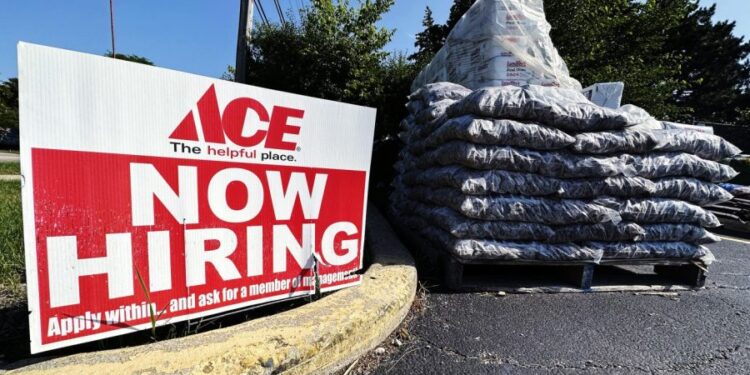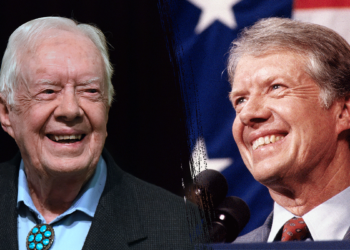
The number of people filing new applications for unemployment insurance fell to the lowest level since last April as the job market showed signs of strength within a broader cooling off in employment conditions.
New jobless claims filed the week ending Dec. 28 numbered 211,000, down 9,000 from the previous week’s level.
Economic forecasters were expecting an increase of around 5,000 to 225,000. Data on claims tends to be more volatile at the end of the year due to seasonal hiring factors.
The four-week average of claims filed fell by 3,500 to 223,250. The percentage of the workforce receiving unemployment benefits fell from 1.3 to 1.2 percent on the week.
The Federal Reserve has faced some criticism for the size of its initial half-point interest rate cut last September following increased projections for the path of prices and employment levels over the course of this year, suggesting the economy could be running hotter than expected.
In December, the Fed boosted its inflation outlook for 2025 from a 2.1-percent annual increase to a 2.5 percent annual increase, as measured in the personal consumption expenditures (PCE) price index. It also trimmed its expectations for the unemployment rate from 4.4 percent to 4.3 percent.
The central bank delivered its third consecutive interest rate cut in December but slashed the number of quarter-point cuts it expects to deliver this year from four down to two.
Despite recent signs of strength, hiring and employment conditions have broadly been cooling over the past year in the wake of monetary tightening undertaken by the Fed.
The average duration of unemployment popped to a two-year high in November, rising to about 24 weeks from 20 weeks the year prior. The unemployment rate has increased to 4.2 percent from its low point in 2023 of 3.4 percent. The ratio of available jobs to job-seeker has decreased from 2-to-1 down to 1.1-to-1 over that period.







